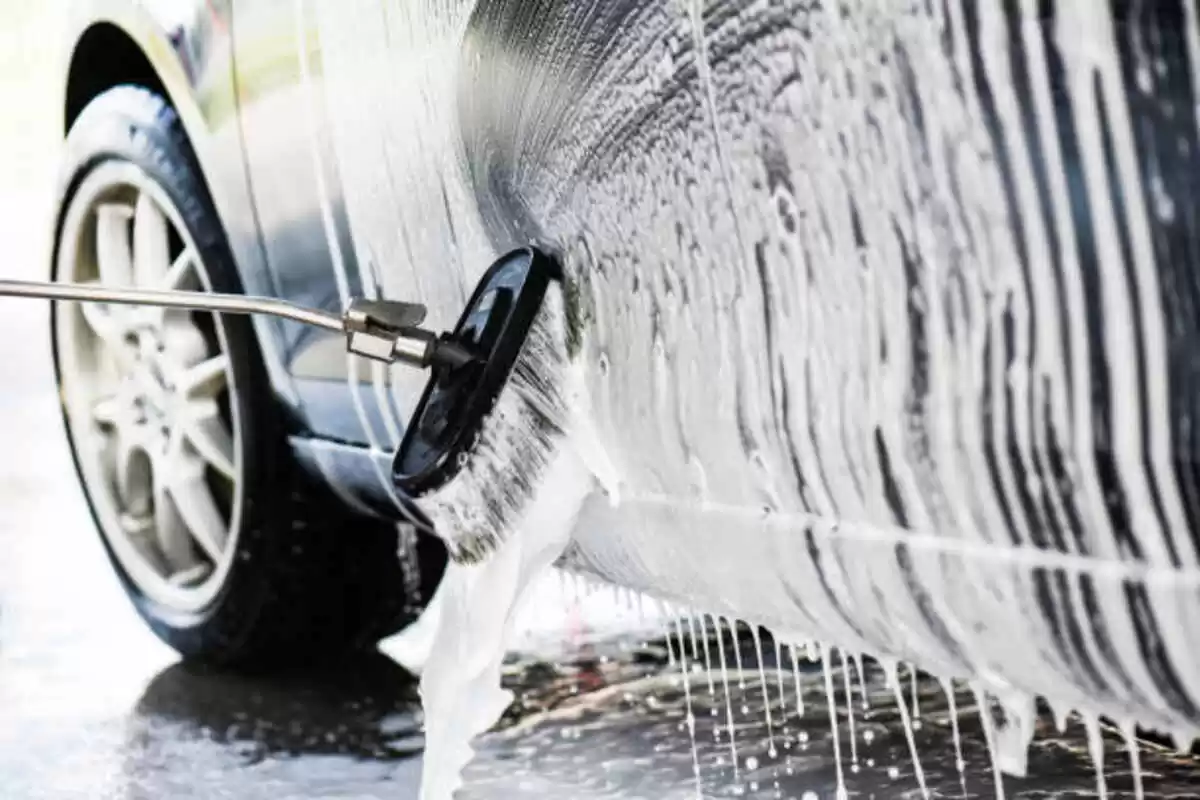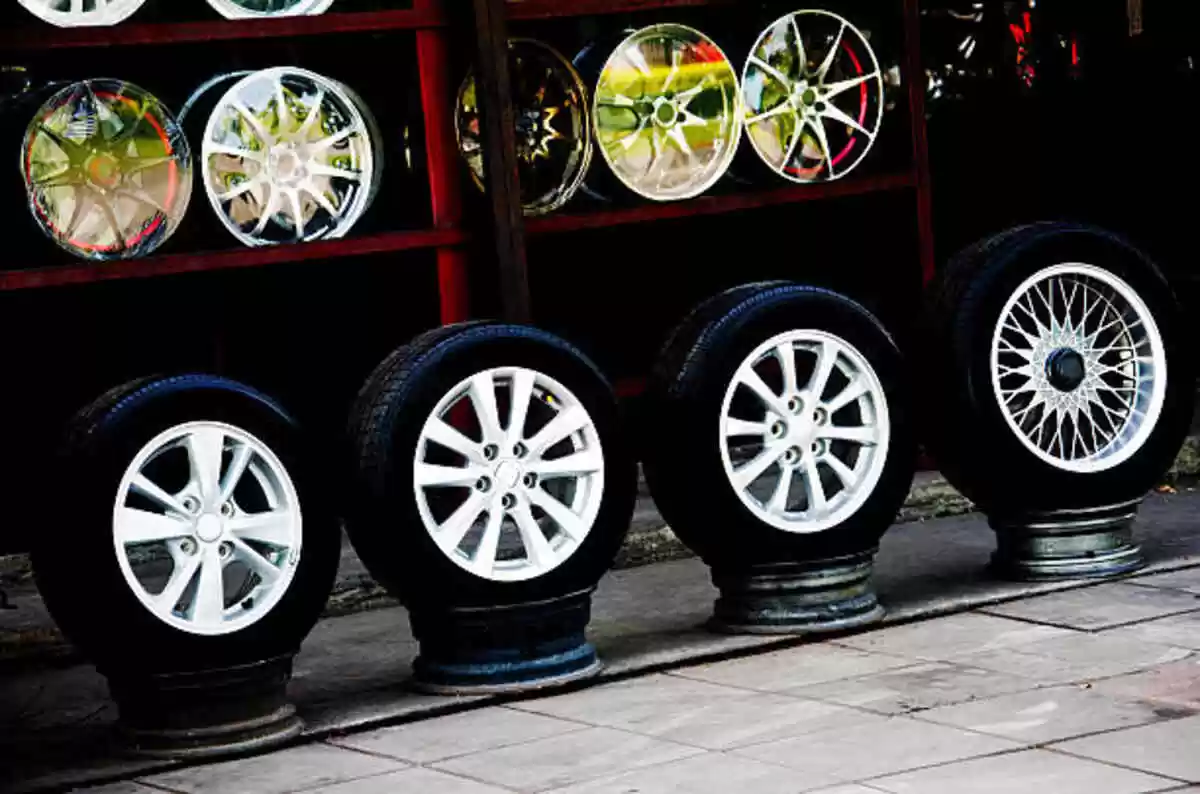The standards will increase fuel efficiency by 8 percent annually for cars and light trucks in the 2024 and 2025 model years, and by 10 percent annually for 2026. The standards will require an industrywide fleet average of approximately 49 mpg in the 2026 model year.
U.S. gasoline consumption will be cut by more than 200 billion gallons through 2050 in comparison with a continuation of the Trump-era standards, NHTSA said. Under the rule, consumer fuel costs will be reduced by about $192 billion for new vehicles sold through 2030.
NHTSA estimates the action could reduce the average fuel cost over the lifetime of 2029 model-year vehicles by $1,387, while increasing the average cost of those vehicles by about $1,087.
“Car manufacturers will be required to produce cars, minivans, SUVs and pickup trucks that get better mileage than ever before, and the benefits are going to be real for drivers across America,” Transportation Secretary Pete Buttigieg said in remarks.
During his first month in office, President Joe Biden ordered a review of regulations on vehicle fuel economy and greenhouse gas emissions after the Trump administration in 2020 enacted less stringent improvements in mileage than those put in place under predecessor Barack Obama. The Trump-era rule required 1.5 percent annual increases in efficiency through 2026 compared with 5 percent annual increases under Obama.
Biden also set a goal of reaching 50 percent zero-emission new-vehicle sales by 2030, a nonbinding target that props up his climate and energy ambitions.
The Alliance for Automotive Innovation, which represents most major automakers in the U.S., said it looks forward to reviewing the final rule.
“That said, increased regulatory requirements for automakers will require supportive policies as well as regulatory alignment with the EPA to ensure that standards can be attained when considering a host of factors, including safety, consumer preferences, improved fuel economy and the transition to electrification,” John Bozzella, the group’s CEO, said in a statement.
The EPA in December finalized its rule on vehicle greenhouse gas emissions for the 2023-26 model years that — alongside NHTSA’s standards — could act as a regulatory driver for speeding up the industry’s electrification plans.
Bozzella told reporters at an event on Friday that the industry’s transition to electrification will require more than fuel economy and greenhouse gas emissions standards.
“To really reach numbers like 50 percent of new-vehicle sales as electric by the end of the decade, it’s going to take a comprehensive national policy, and that comprehensive policy has to include significant private sector engagement,” he said, “everything from more EV charging infrastructure, clean power, building codes — both residential and commercial — that are EV ready, as well as government policy.”





